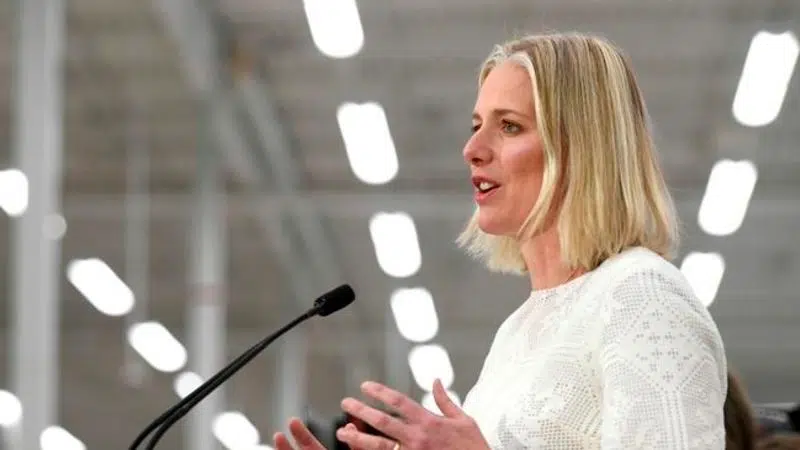
Canada’s emissions target gets further away as 2017 report shows increase
OTTAWA — The return of oil and gas production following the devastating Fort McMurray wildfire and a colder than usual winter pushed Canada’s national greenhouse gas emissions up in 2017 for the first time in several years, a new report says.
The latest national inventory report on emissions, filed this week with the United Nations climate change secretariat, showed 716 million tonnes of greenhouse gases were produced in Canada in 2017, an increase of eight million tonnes from 2016.
The uptick pushes Canada even further away from its Paris climate change agreement pledge to slash emissions to 70 per cent of what they were in 2005 by 2030.


